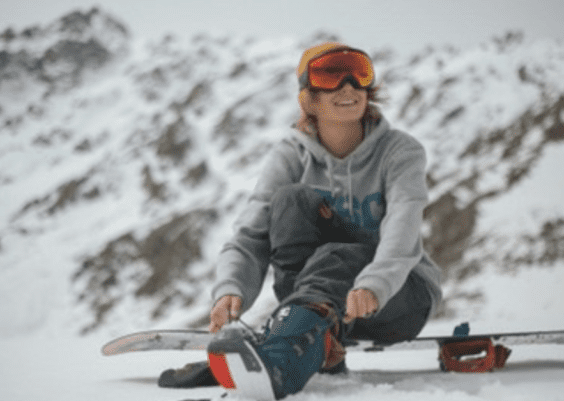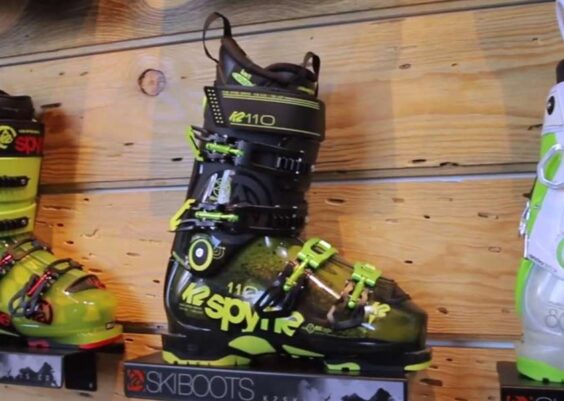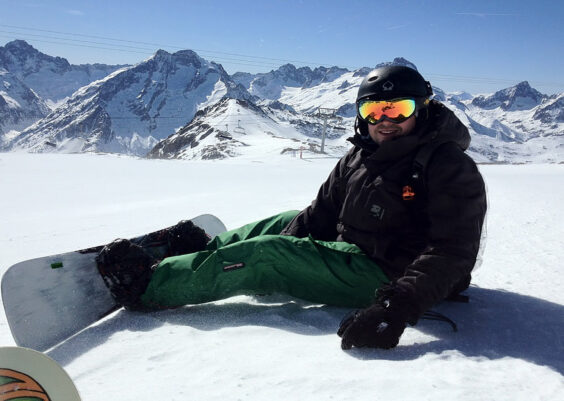Avalanches (snowslide) is a familiar term for skiers, snowmobilers, or snowboarders. However, it is something that they wish never to get familiar with.
Every year hundreds of snow enthusiasts get trapped in avalanches, whilst trapped one has a survival rate of 40% during the first 15 minutes.
This all sounds dreadful. But contrary to what most believe that avalanches are spontaneous and unpredictable, they are not exactly.
Warning signs are foretelling the impending risks and dangers once you evaluate those signs you will know which areas to avoid.
Although precaution is better than cure, however, we do get caught up in such situations despite our best efforts. So logic dictates that we need to be prepared for such a precarious situation.
With that in mind, we have included some vital information in this article that will help you out when faced with such a disastrous event.

Warning signs
First and foremost understand the warning signs. If you have any plans on spending time in the backcountry then I recommend taking an avalanche education course.
Such a course will educate you on the red flags, how to pay attention to your surroundings, how to keep tabs on the weather conditions, among others.
Danger Ratings
There are 5 internationally recognized avalanche danger levels/ratings and they are:
Make sure you get familiarize with these ratings.
Forecasts

On the eve of your skiing day go through the official forecast bulletin of your ski area regarding avalanche.
This will give you the exact information about the slope and altitude aspects of those areas where the risk is greatest.
If you are staying in a resort then you can access this information there as well.
Share your ride with like-minded riders
Spending time (especially while traveling) with folks who are as of one mind as you can make the whole journey quite memorable.
While skiing, snowboarding, etc it’s better to have a group of 4-5 people, this way if you get caught in an avalanche some can rescue you while others can get help.
Equipment and gear
When it comes to the gear there are a couple of things that need some consideration, like with snowboard make sure the bindings are releasable.
Non-releasable ones will get you trapped in an avalanche.
Speaking about boots whether they are ski boots for men, ski boots for women, snowmobile boots men, or any for that matter. They need to be warm so pay attention to the liner of these boots.
Must Read This Article: How To Find The Perfect Ski Boots That Will Fit.
Avalanche safety equipment

3 gear items are considered essential by experts:
Some other essential gears include:
Train yourself
You and your friends must invest at least 2 to 3 hours practicing with the safety equipment. Especially a week before you start your ski lessons.
Plan everything
Planning is everything, particularly when it comes to the routes.
You need to have a fair idea of the area where you will be skiing or else you will end up stuck on a cliff.
As I mentioned earlier you must be vigilant about the danger signs while you go around your trail. Given how easy it is to get distracted.
Slope angles

Another important aspect, learn how to identify the slope angles of 30 degrees and more.
This is where most of the snow slides occur. So pay good attention.
Have a chat with local professionals
Experience beats everything. So it is advised that you get in touch with piste patrol (ski patrol).
These people know every nook and corner of such regions thus acting as a reliable source of insider information of that particular area.
Save the essential contacts
Every ski/snowboarding resort has rescue services, so needless to say you need to have all the contact information of these local rescue servicemen on your phone.
Follow These Riding Tips: Tips for Riding with Someone New to Skiing or Snowboarding.
Conclusion
I know it is scary and fear is a great motivator when it comes to getting things done.
Avalanches seem impossible to detect and avoid but proper education and preparation will increase your chances of avoiding and surviving an avalanche exponentially.
So remember the information mentioned above before you whip out your ski and ski boots.
Lastly, don’t forget to have some fun!
Worried About Coronavirus! Check Out: Coronavirus Impact On Snow Sports.
Last updated on September 20th, 2023 at 05:14 am




